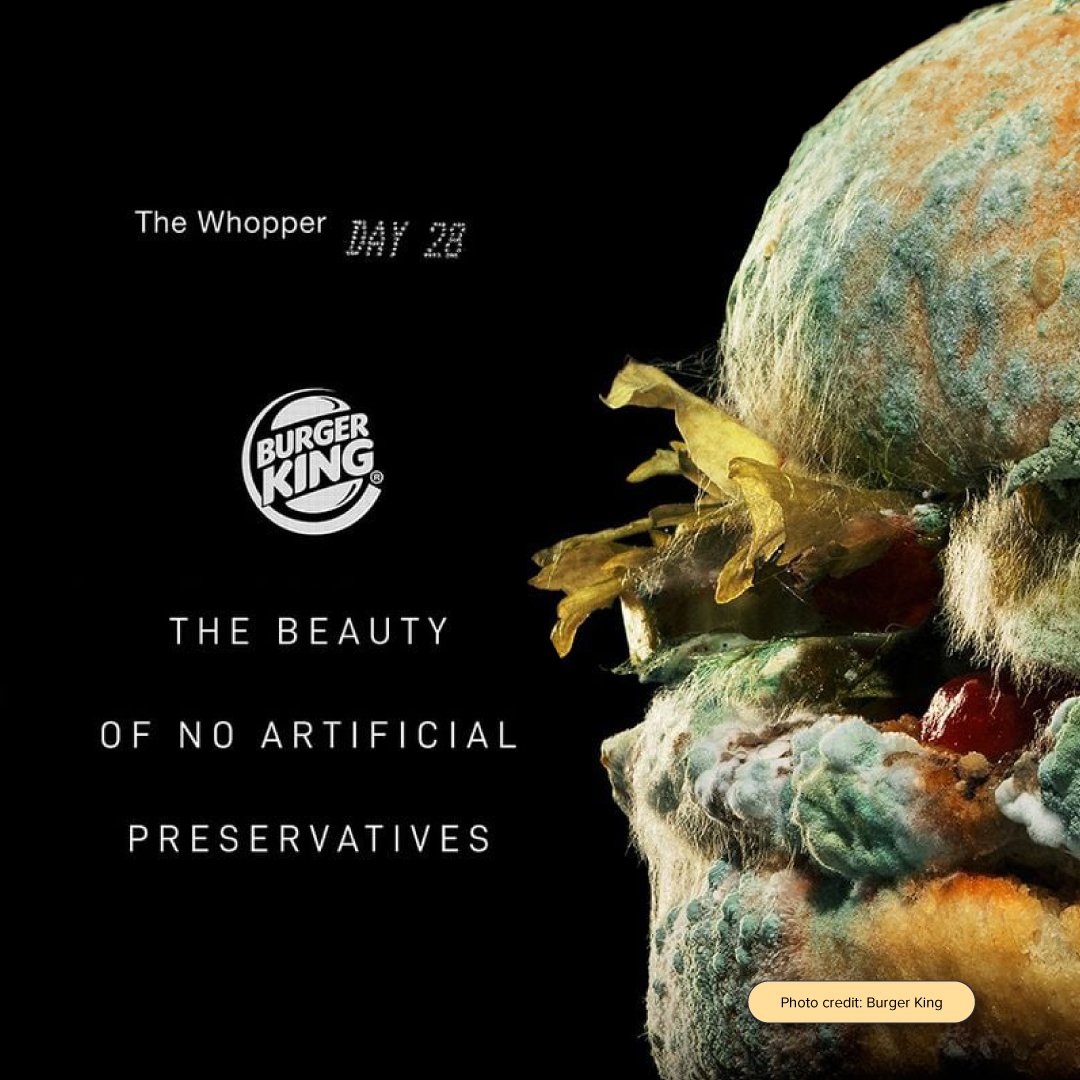Social Media Crisis Management: How to Handle Negative Feedback and Comments Online
Social media has become a double-edged sword for businesses in the fast-paced digital era. While it provides an excellent platform for brand exposure and engagement, negative feedback and comments can quickly escalate into a full-blown crisis. This article explores the dynamics of social media crisis management. It provides insights into handling such situations across popular platforms like Instagram, TikTok, and the Chinese Social Media platform Little Red Book.
Identifying a Social Media Crisis:
A social media crisis can take various forms, from a single negative comment gaining traction to a viral backlash against a brand. Examples include product defects, offensive content, customer service issues, or public relations disasters. Regardless of the nature, a swift and strategic response is crucial to mitigate damage.
Differences in Crisis Management Across Platforms:
When you see negative comments like these on Instagram, never delete them. If they are not violating any Instagram community guidelines, it’s best to respond by replying to their comments your response or asking them to have a chat in private. This shows other users that your brand is capable of attending to your audience and how they feel.
Instagram:
Instagram, known for its visually-driven content, requires a nuanced approach to crisis management. In the case of a crisis, brands should address concerns in the comments section. For example, if you see a negative comment, it is a must that you do not delete it. If you delete the negative comment, it only angers the user and other users who may have their eyes on the situation. If appropriate, you can respond directly in the comments or ask the user to contact the company’s customer service. This will make sure that the user feels that their opinions are being heard and not just ignored.
This is a good practice for more prominent brands, but small businesses can also utilize Instagram Stories to transparently communicate updates or actions taken to resolve the issue. For instance, a fashion brand facing backlash for ethical concerns can leverage Instagram to showcase its commitment to sustainable practices.
Take a look at how Burger King responded to the moldy burger. Instead of trying to hide it, they embraced this situation and turned it into a positive thing—not using artificial preservatives! This is a great example of a bigger brand that took the situation and dealt with it publicly.
TikTok:
TikTok, with its short-form videos, demands a creative crisis management strategy. A lighthearted and relatable video addressing concerns can resonate well with the younger audience. Collaborate with TikTok influencers to amplify the message through viral challenges or duets. Burger King's response to a moldy Whopper in 2020 is a prime example of a brand using TikTok to address a crisis creatively, showcasing transparency and commitment to quality.
Little Red Book:
Little Red Book, a popular platform in China for lifestyle and fashion, requires a localized crisis management strategy. Engage with key opinion leaders (KOLs) who have a significant following on the platform. Take advantage of the platform's community-focused nature to interact with users and address concerns. A cosmetic brand facing criticism for animal testing can leverage Little Red Book to highlight cruelty-free practices through user testimonials and reviews.
It’s also common for brands to issue official statements when the rumour mill churns on Chinese social media. China’s netizens show greater respect for brands that issue official statements regarding media crises and outline their steps to address and resolve the problem.
For example, a Client skincare brand saw complaints online from purchasers who said fake products were circulating in their local market. The brand issued a statement on Little Red Book to remind purchasers to buy only from certified resellers, and directed purchasers to a full list of such accredited locations.
General Crisis Management Strategies:
Monitor Mentions:
Employ social media listening tools to monitor brand mentions and detect potential crises early on.
Swift Response:
Acknowledge the issue promptly and express a commitment to resolving it. Avoiding or delaying responses can worsen the situation.
Transparency and Accountability:
Be transparent about the situation, admit mistakes if applicable, and outline the steps taken to address the issue.
Engage Privately:
In certain cases, move the conversation to private messages to address the issue without escalating it further publicly.
Social media crisis management is integral to maintaining a positive brand image. Each platform requires a tailored approach to navigate and resolve crises effectively. By understanding the unique dynamics of platforms like Instagram, TikTok, and Little Red Book, businesses can mitigate negative impacts and showcase the breadth of their services and commitment to customer satisfaction. Remember, a well-managed crisis can even turn into an opportunity to demonstrate resilience and authenticity.



